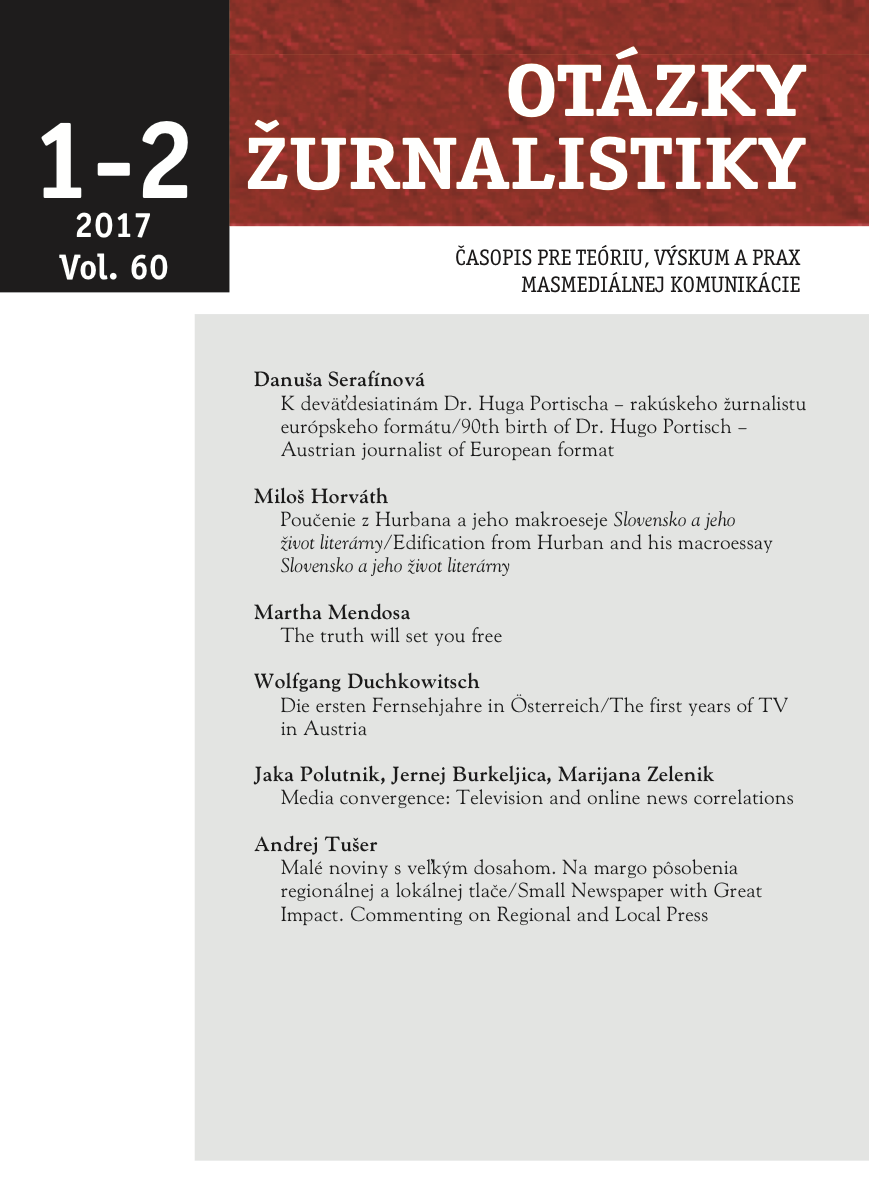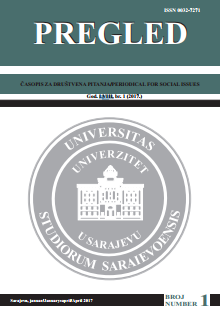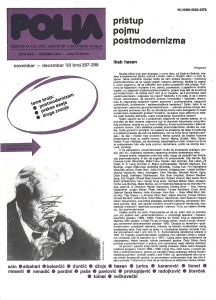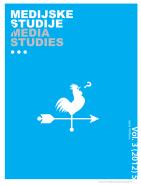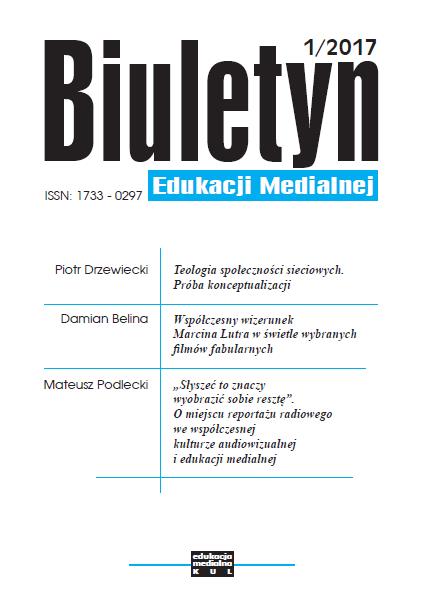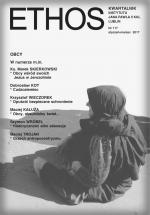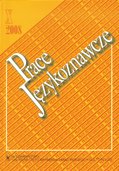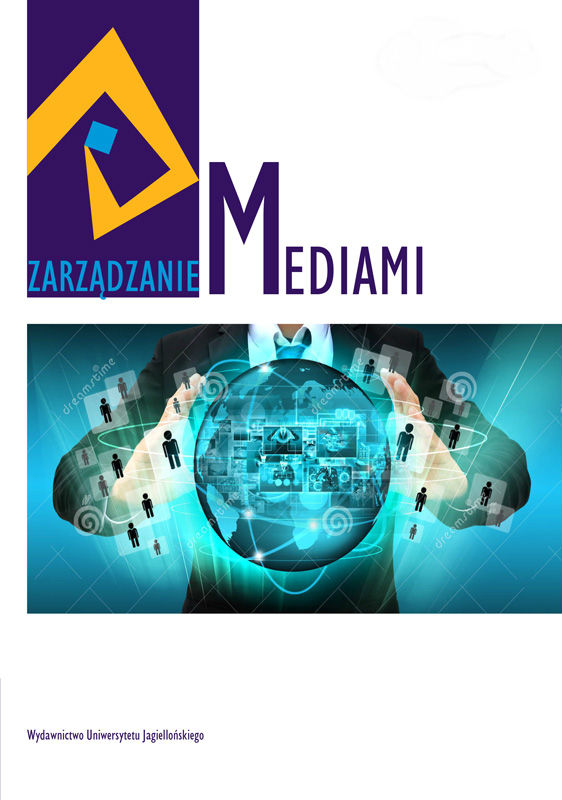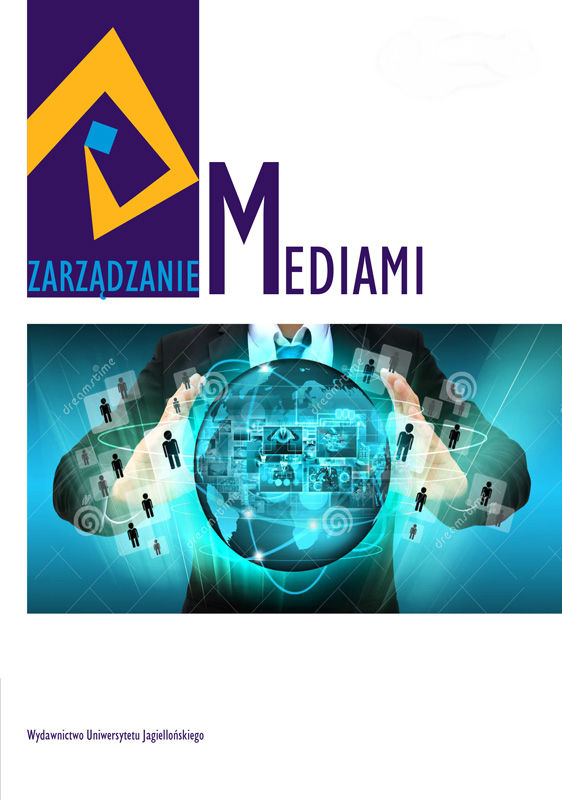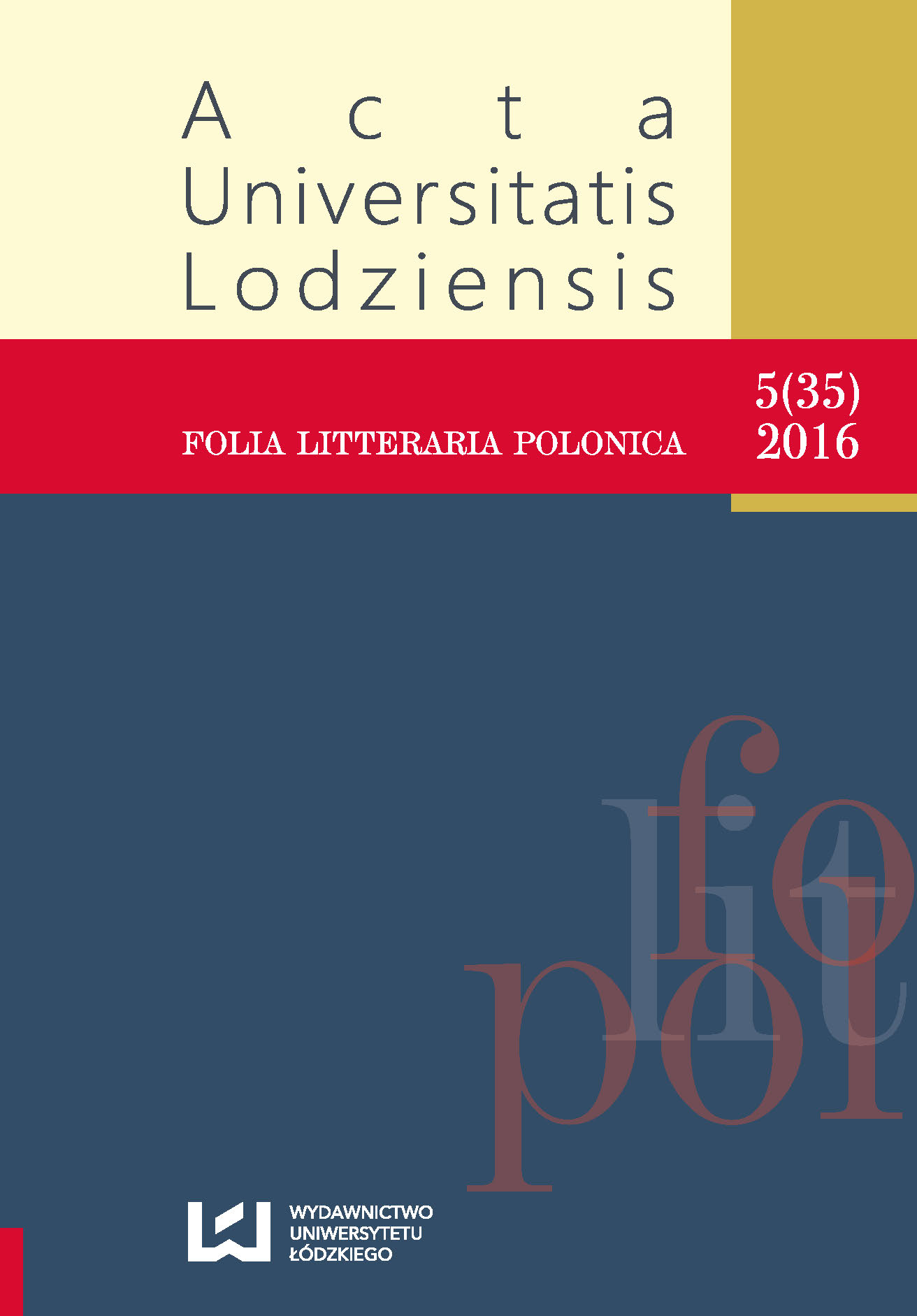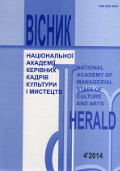
ЗБЕРЕЖЕННЯ НАЦІОНАЛЬНИХ ТРАДИЦІЙ У МИСТЕЦТВІ ЕСТРАДНОГО ВИДОВИЩА У СВІТЛІ ПРОЦЕСІВ ГЛОБАЛІЗАЦІЇ
This article identifies the main characteristics of today's popular culture in the world, and particularly in Ukraine and variety shows as the most popular type among population mass leisure culture.In this article proved that all the phenomena of popular culture today are somehow related to one characteristic property – all of their cultural elements, appearing in various spheres of public life, are prevalent in a given society and is a part or the source of world popular culture, becoming the new way of communication between people, not only within a country but also worldwide. Indicated that partially it becomes possible because of rapidly progressive and integrating into society mass-media, so that made possible much easier to take part into creation of cultural products and, as a re-sult, to become a part of the global cultural process.It is proved that in Ukraine as a result of the destruction of the old Soviet values system there is a need to establish new models of styles and ideals of life that would meet the needs of the time and the mentality of the Ukrainian people, and that exactly mass and popular cultures are called to do this, as the most effective and influential driving forces. Based on the exposed ideas of known culture-experts in this article is determined that is common and different between mass and popular culture, and therefore defined which phenomena of contemporary culture, we can attribute to the popular and which are to the mass culture and which to both at once, although until today are disputable among re-searchers using the terms "mass culture" and "popular culture", because the role of "masses" changed, constantly changes role of the mass culture in the world, becomes differentiated within this phenomenon, takes place the audience stratification and borrowing cultural elements from elite culture.In this article investigated that for today variety show in the industrial society is one of the most popular among people the mass culture phenomenon because of its dynamism, brightness, festivity, easiness and at the same time, social relevance and activity.In this article the end of XX – beginning of XXI century characterized as the beginning of the globalization world influences at all levels of public life, including culture, defined the character of such influence, its negative and positive signs. Because the nature of the relationship of Ukraine with globalized world is perhaps the most important and the most difficult question of its current development, in the article paid much attention to the study of globalization impacts on the development of the mass culture in Ukraine which are shown mostly in imitation "Western" culture, that are considered by many, more progressive system of values, that is a result of widening market standardization of cultural goods and services and the commercialization of cultural products, which reduces its positive impact on the individual, and, consequently, society as a whole.Noted also that economic difficulties on the beginning of the process of Ukrainian state-creations caused a significant negative impact on the development of mass culture in Ukraine, as a result Ukraine has lost control over the production of its own mass cultural product and its distribution, leaving it in the complete control of Western, American and Russian producers.Modern society requires a professional scientifically proven non-traditional approach to solving today's problems in the field of the mass culture that are related with the processes of globalization. Under these conditions, an interesting subject for studying of the problems of reviving the spirituality and the general culture of the people becomes particularly the variety show, as the most common form of mass art spectacular, which expands its borders performing arts and be-came a phenomenon of everyday life, getting into fashion, media, television, sports, the communication between people, and even in education and science.Based on the analysis demonstrated the importance of preserving national traditions in the arts, including and entertainment spectacular forms the mass culture and the ways of their distribution and promotion. One of these methods proposed development of creative artistic performances at different levels and for different age and social groups, radically redirecting cultural and recreational activities in Ukraine, by reorganization of the now "active" since the Soviet times houses of culture or the creation of new modern answering mentality and growing spiritual value-orientation and recreational needs of the population of each area recreation centers for leisure time. Just art creation most effectively promotes the spiritual revival of the individual through the mastery of the cultural values of the past and present.In this article proved that the development of mass spectacle, including variety has the future, because modern per-son is tired to be lonely and useless in society, and exactly by participating in mass creative action or through the process of audience perception traces the connection of worship and games as components of spirituality, occurs the understanding and experiencing of the values of goo, truth and beauty. The variety show, that has cultural and historical character as a special form of communication, directs person and his values in the context of life perspective "past-present-future."Another way to preserve and promote cultural heritage is supporting of state-level variety figure in a particular genre as national "producers" – putting various benefits and privileges on radio, television and other media, supporting for various festivals, competitions, creative evenings, shows and other public spectacles, that have cultural and national character, at the local level through the involvement of patrons and sponsors who would be interested by the state through preferences to invest their sponsorship money in realization the above-mentioned mass creative activities. Ac-cording to the author in the sphere of activities of art critics should get such aspect as the nationality of variety shows, as the most popular for today kind of mass culture.Results of the research explicitly designed for use in practice by lecturers and other workers of mass culture and leisure sector.
More...
